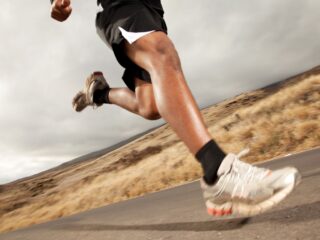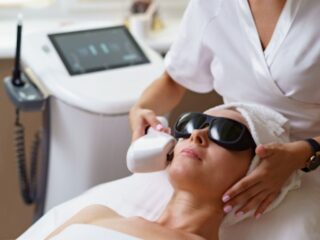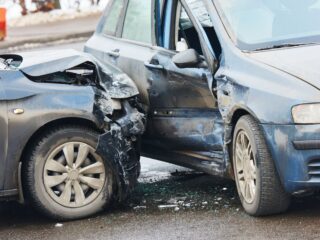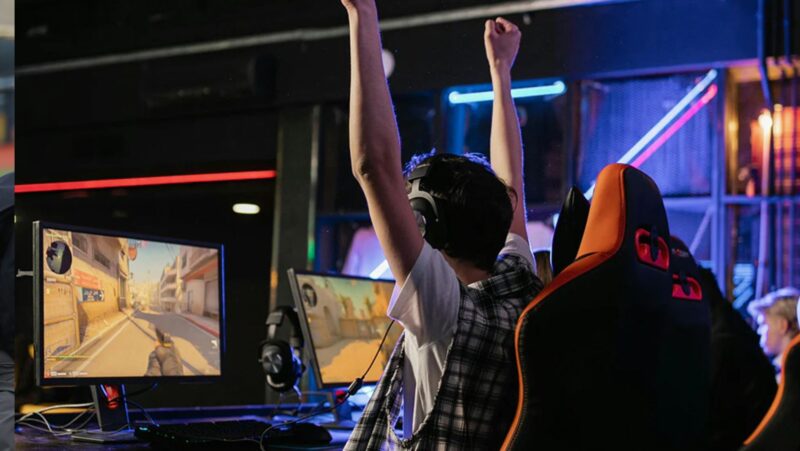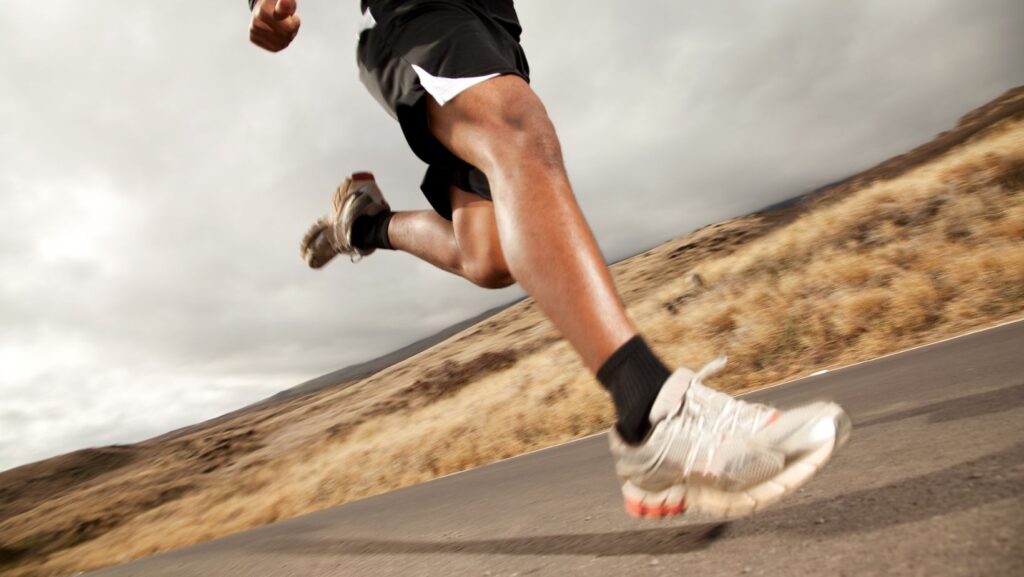
Why the NYC Marathon Pushes Runners to Their Limits
Every fall, tens of thousands of runners gather for the iconic New York City Marathon. For many, it’s the pinnacle of their running journey — a life-changing challenge that demands endurance, preparation, and resilience. Yet with growing participation comes another reality: rising numbers of sports injuries. From overuse conditions to acute strains, marathon training often pushes the body to its limits, exposing weaknesses that traditional approaches sometimes fail to catch.
The Hidden Risks of Marathon Training
Training for 26.2 miles is no small feat. Runners frequently encounter issues like runner’s knee, IT-band syndrome, plantar fasciitis, and even stress fractures. Too often, conventional rehabilitation treats only the symptoms, offering temporary relief without addressing the root cause. According to a PubMed review (https://pubmed.ncbi.nlm.nih.gov/29511701/) nearly half of recreational marathon runners experience an injury during training cycles. These numbers highlight the need for a smarter, data-driven approach to both prevention and recovery.
How Technology Is Changing Sports Medicine
Modern sports medicine is no longer limited to observation and guesswork. Today, advanced tools help clinicians understand the mechanics of running and detect inefficiencies long before they escalate into injuries.
– 3D gait analysis identifies subtle flaws in stride and posture that can waste energy or cause stress on joints.
– Real-time ultrasound imaging provides a live look at muscles, tendons, and ligaments, allowing clinicians to assess movement dynamically.
– Motion capture and force plates quantify balance, symmetry, and load distribution — the difference between efficient training and overuse injury.
A growing body of scientific literature supports the use of gait retraining. For example, a 2022 PubMed study (https://pubmed.ncbi.nlm.nih.gov/39697506/) found that ultrasound-guided regenerative therapies improved outcomes in athletes with persistent meniscus injuries, highlighting the importance of integrating technology into sports medicine.
Spotlight on Dr. Lev Kalika and NYDNRehab
One clinic leading this revolution is NYDNRehab in Manhattan, directed by sports medicine specialist in New York Dr. Lev Kalika He is widely recognized for pioneering the use of research-grade technology in everyday clinical practice.
“Dr. Lev Kalika pioneered the integration of 3D gait analysis, real-time ultrasound diagnostics, and advanced regenerative therapies into sports medicine.”
What sets his approach apart is the combination of precise diagnostics, biomechanical correction, and regenerative therapies that do more than mask pain — they aim to restore function at its core.
Ultrasound-Guided Injection Therapies
Unlike blind injections that rely on anatomical guesswork, ultrasound-guided injections allow for pinpoint accuracy. They are especially valuable for treating tendon injuries, fascia disorders, and chronic joint pain. Studies confirm that image-guided interventions, especially when paired with platelet-rich plasma (PRP), can significantly improve recovery times and long-term outcomes.
Regenerative Technologies for Runners
For athletes with stubborn or recurring injuries, regenerative medicine offers powerful solutions:
– PRP (platelet-rich plasma) accelerates natural healing by concentrating growth factors.
– Shockwave therapy, EMTT, and focused ultrasound stimulate blood flow and tissue regeneration.
A systematic review on PubMed (https://pubmed.ncbi.nlm.nih.gov/37954879/) concluded that regenerative therapies like PRP and dry needling under ultrasound guidance show promising results in reducing pain and restoring activity levels for athletes.
Practical Tips for Runners Preparing for the NYC Marathon

– Consider a 3D gait analysis before beginning a training plan, especially if you’ve struggled with injuries.
– Use real-time ultrasound diagnostics to evaluate pain points rather than ignoring “nagging” issues.
– Explore regenerative therapies if conventional treatments have failed or if recovery is slow.
– Prioritize prevention: fixing biomechanics early is easier than dealing with injuries mid-training.
The Future of Marathon Training and Recovery
The NYC Marathon is more than a race; it’s a test of endurance, determination, and preparation. To meet that challenge, runners need more than mileage — they need smart, science-backed strategies to stay healthy and strong. Traditional physiotherapy is giving way to more personalized, technology-driven care. The combination of visualization and regenerative medicine is rapidly becoming the gold standard. Clinics like NYDNRehab — under the guidance of Dr. Kalika — are already setting this new benchmark for runners in New York.
P.S. With advanced diagnostics and regenerative therapies, Dr. Lev Kalika demonstrates that technology and science together provide the best path to the starting line — and the finish line — without injury.


